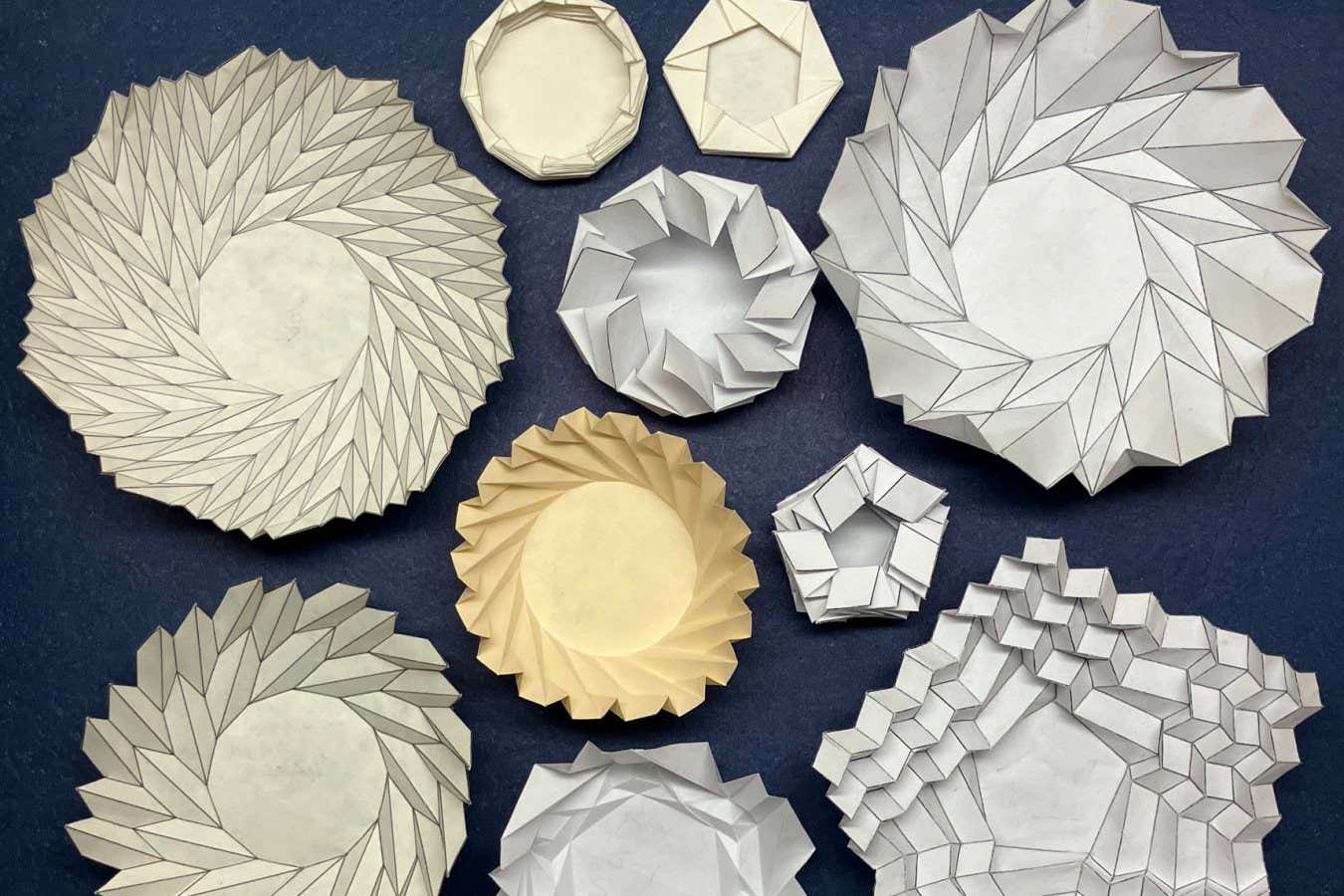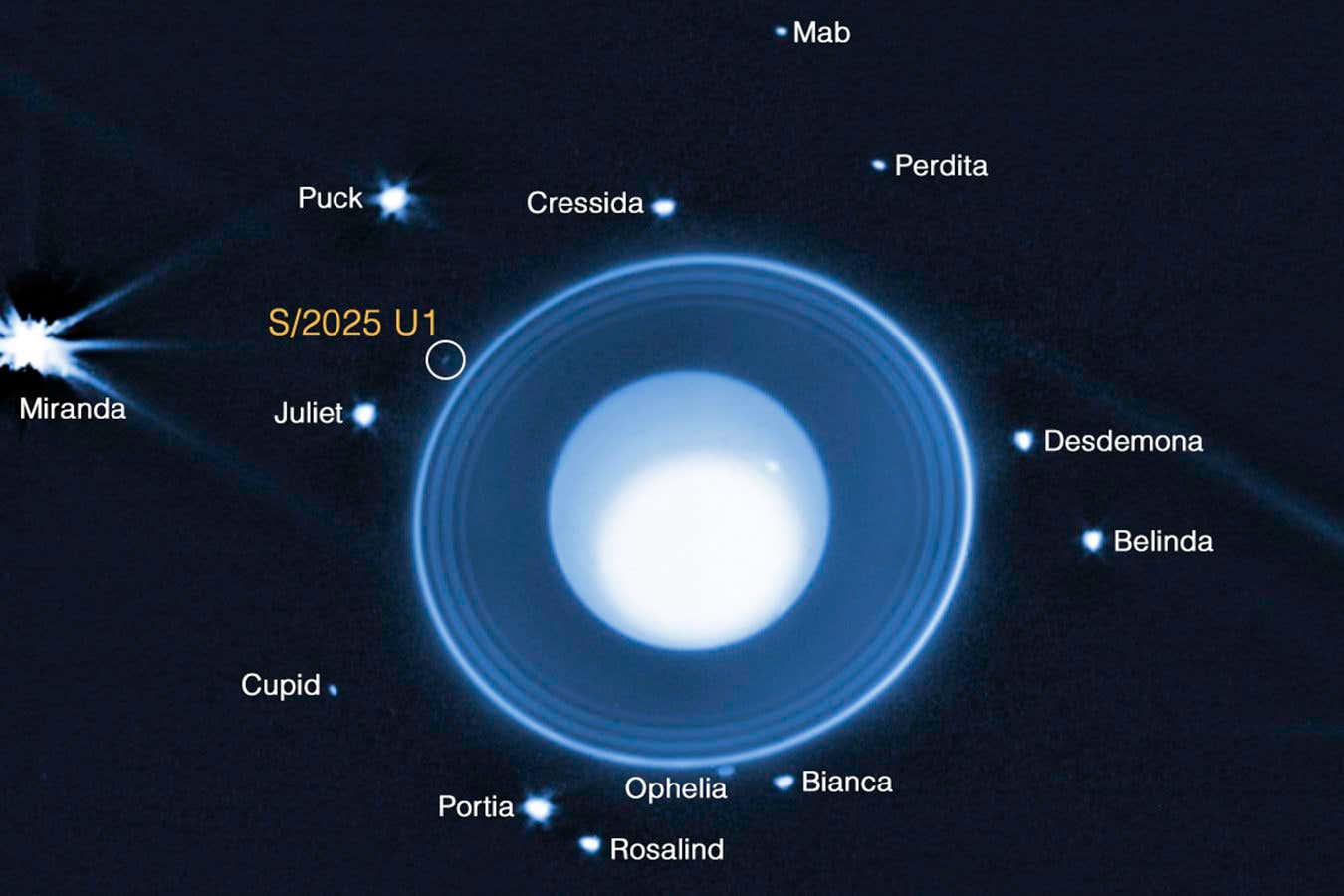Now Reading: Origami Designs May Shape Future Folding Spacecraft
-
01
Origami Designs May Shape Future Folding Spacecraft
Origami Designs May Shape Future Folding Spacecraft

Quick Summary
- Engineers at Brigham Young University (BYU), led by Larry Howell, have developed “bloom patterns,” a type of origami design that unfolds smoothly into three-dimensional flower-like shapes.
- These designs address key challenges in customary origami structures used in engineering: compact storage and complex unfolding processes.
- Bloom patterns are distinguished by their symmetrical polygon center and identical creases, enabling reliable unfolding from flat discs to curved forms.
- Prototype models made from materials like plastic and acrylic demonstrated consistent functionality in deployment.
- Applications include space engineering for telescopes or solar panels, where smooth unfolding reduces risks of failure during deployment.
- These curved shapes could improve the accuracy of space telescope mirrors compared to flatter ones typically used now.
- A mathematical model for bloom patterns helps speed up the design process for creating practical applications.
Indian Opinion Analysis
The development of bloom-patterned origami structures opens intriguing possibilities for India’s growing space ambitions. As Indian agencies focus on advancing satellite launches and interplanetary missions, technology that simplifies deployment while offering enhanced structural reliability aligns well with goals such as reducing mission risks. Particularly,curved mirrors capable of producing sharper imaging could bolster India’s efforts in astronomy and Earth observation.
Furthermore, leveraging such innovations reflects an emphasis on modularity-a principle useful not just in space applications but potentially adaptable across other domains like robotics or large-scale urban infrastructure. Though India is already exploring indigenous solutions for its technical challenges in fields ranging from science to defense,collaboration with research groups specializing in this frontier technology could yield mutual benefits.
Neutral evaluation suggests considering both cost-effectiveness and scalability when implementing new designs optimized via mathematical modeling-a critical factor as India deploys competitive technologies within constrained budgets yet overarching national ambitions.
























